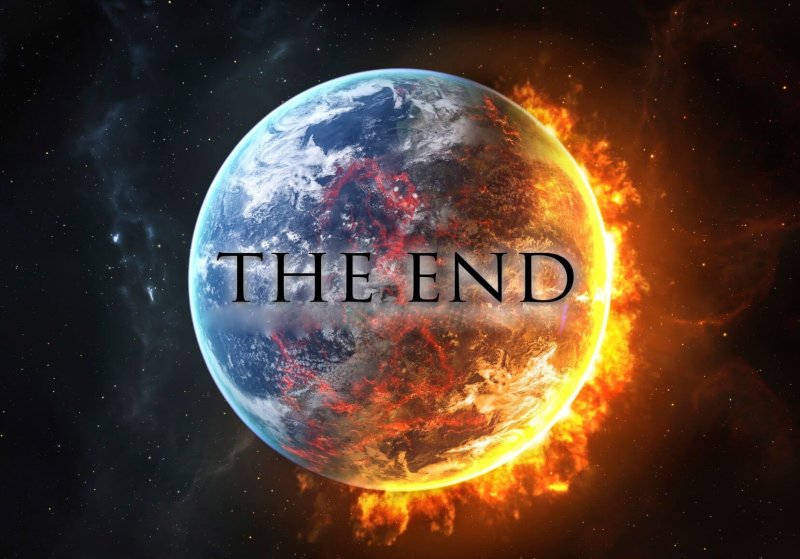“Climate change is the greatest existential threat that humanity has ever faced,” Green Party candidate Jill Stein wrote recently in the online Presidential Science Debate.
If left unchecked, global temperatures will continue to rise for the rest of this century, causing the seas to rise an additional 30-120 cm by the year 2100. We will experience changes in precipitation patterns, more droughts and heat waves, stronger, more intense hurricanes, and cities in low-lying coastal regions will be at an increased risk of flooding, some to the point where they will face a population exodus and loss of real estate. The continued expansion of our technological capabilities and our capacity to live comfortably and support a growing human population will depend on how committed we are to mitigating the temperature rise and to adapting to the changing storm patterns and sea level.
That’s a huge burden on our species, but is Stein correct in saying it is the greatest threat to human existence? Not even close.
Genetic studies show that human ancestors were on the brink of extinction due to climate change before—and we bounced back. The more likely sources of our species’ demise include volcanic eruptions, asteroid and comet strikes, and nuclear weapons—compared to these, climate change is is a minor league player.
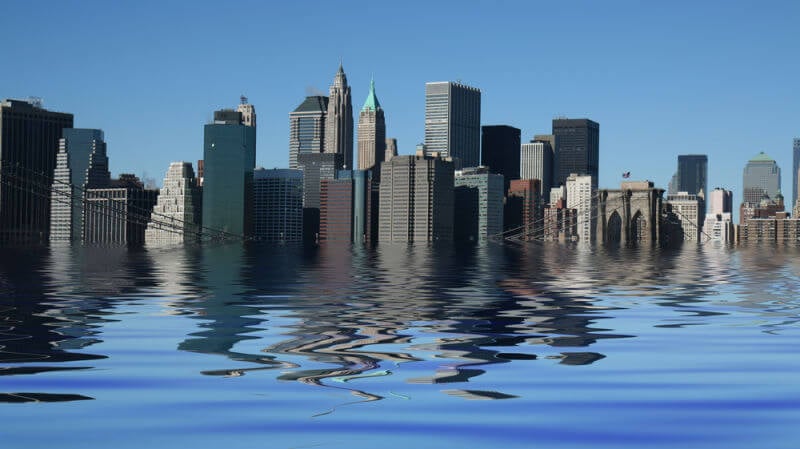 This is not to say that we shouldn’t bother doing anything about climate change. On the contrary. If we don’t get a grip on the climate, we could fall into a downward spiral, and, in the worst case scenari, civilization could gradually descend into another dark age. But there are forces, both natural and human-made, that could destroy civilization and annihilate our species much faster.
This is not to say that we shouldn’t bother doing anything about climate change. On the contrary. If we don’t get a grip on the climate, we could fall into a downward spiral, and, in the worst case scenari, civilization could gradually descend into another dark age. But there are forces, both natural and human-made, that could destroy civilization and annihilate our species much faster.
Longevity of civilizations
Getting a hold of the major league threats to humanity requires a cosmic perspective. The late astronomer and science communicator Carl Sagan used to talk about what he called ‘technological adolescence.’ Regarding avoiding extinction, science and technological development can constitute a negative factor akin to a teen acquiring an automobile and driving too fast, leading to an accident. We humans are at a point when we’re gaining great powers, but, we don’t yet have enough wisdom to ensure that our growing powers will be put to beneficial use.
 This tends to be the focus of activists groups opposed to technology. However, it also can be a positive factor akin to the teen learning cardiopulmonary resuscitation (CPR) and using it to revive a cardiac arrest victim, using her newly acquired wheels to drive a collapsing grandparent to the Emergency Department, or employing that new handheld device to summon an ambulance.
This tends to be the focus of activists groups opposed to technology. However, it also can be a positive factor akin to the teen learning cardiopulmonary resuscitation (CPR) and using it to revive a cardiac arrest victim, using her newly acquired wheels to drive a collapsing grandparent to the Emergency Department, or employing that new handheld device to summon an ambulance.
Surviving this adolescent period depends greatly on how well we understand the phenomena that potentially could destroy us. This means learning how to avoid killing ourselves with our technology and actively developing technology capable of preventing and intervening with natural disasters because we may not be the instruments of our extinction. If we wait long enough, nature itself will do us in, just as it did to nearly all of the lifeforms that occupied this planet over the past 3.5-3.8 billion years.
A mega volcanic eruption
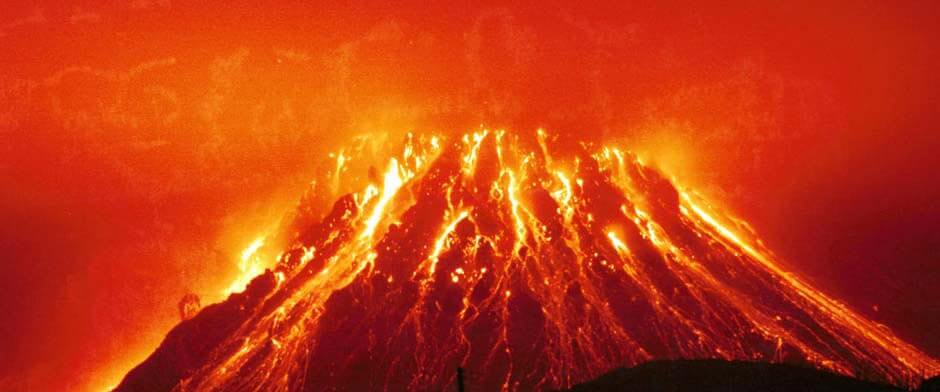 Most people are aware that there’s an enormous energy source under the Earth’s crust. In places with convenient access, such as Iceland, they’re tapping into geothermal power. From time to time, we see energy released as volcanic eruptions, which vary in their destructiveness, depending on the strength of the explosion and the proximity of cities, people, and other life forms. Throughout geologic time there have been several instances when large segments of Earth’s life were wiped out. These include five major extinction events. The most famous took place at the end of the Cretaceous period, the “K/T extinction” when the dinosaurs met their demise. But 135 million years earlier, at the end of the Triassic period, there was another extinction event. Evidence suggests that massive volcanism eliminated at least half of all species in the oceans and on land.
Most people are aware that there’s an enormous energy source under the Earth’s crust. In places with convenient access, such as Iceland, they’re tapping into geothermal power. From time to time, we see energy released as volcanic eruptions, which vary in their destructiveness, depending on the strength of the explosion and the proximity of cities, people, and other life forms. Throughout geologic time there have been several instances when large segments of Earth’s life were wiped out. These include five major extinction events. The most famous took place at the end of the Cretaceous period, the “K/T extinction” when the dinosaurs met their demise. But 135 million years earlier, at the end of the Triassic period, there was another extinction event. Evidence suggests that massive volcanism eliminated at least half of all species in the oceans and on land.
How did that work? Volcanic ash driven to the upper reaches of the atmosphere would have blocked the Sun’s light and compounds emitted by the volcano would have altered atmospheric chemistry.
Were such a mega volcanic eruption to occur in our time, there wouldn’t be much we could do. It would be a climate change, but a massive, rapid one, and it’s doubtful that we could survive with our current level of technology. But once we get a grip on the geologic forces that could cause it, things could be different. At some point, we’ll be able to predict and possibly prevent volcanic eruptions, even the massive ones, but we will also need to know how to reverse our atmospheric effects too if this were to happen. So here, the teen learning CPR is a good analogy.
Nuclear weapons
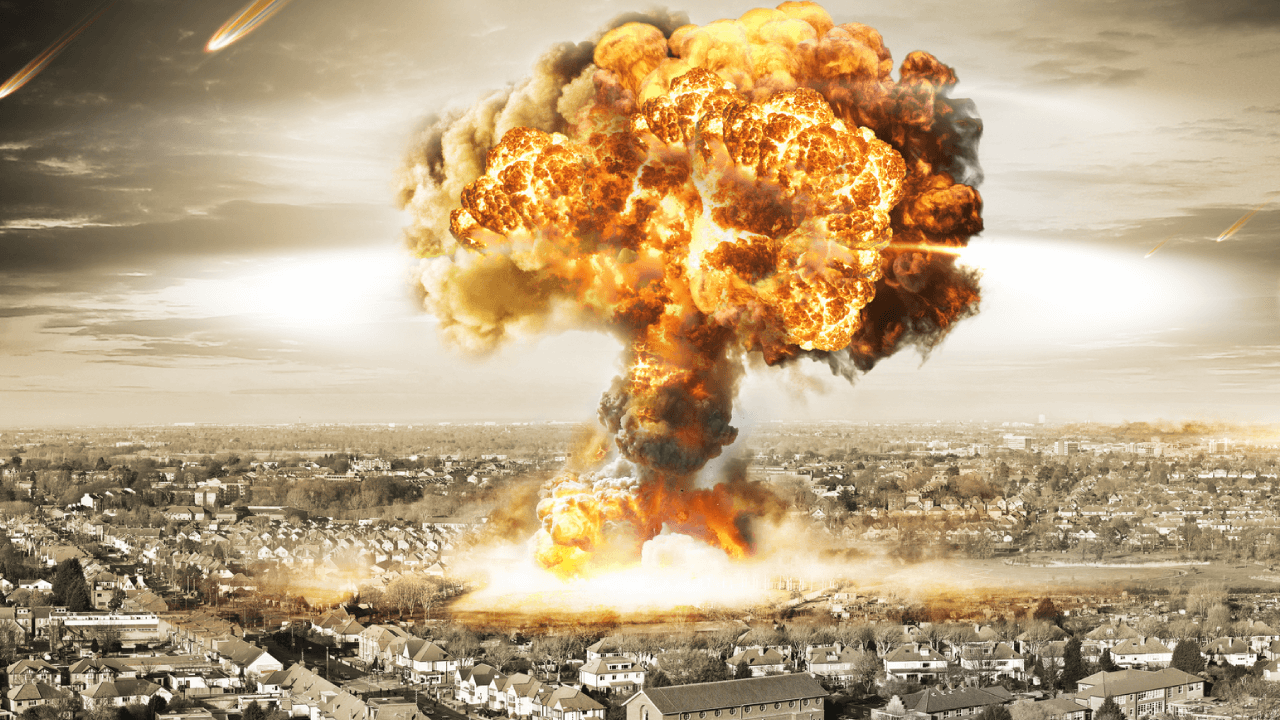
Whether you’re working for the Bulletin of Atomic Scientists to adjust the Doomsday Clock, or part of an extraterrestrial civilization monitoring humanity for evidence that we could become the means of our destruction, nuclear weapons stand out above everything. A missile exchange leading to the detonation of a handful of thermonuclear warheads would wipe out a major portion of humanity in a matter of hours. More would die of acute radiation sickness in the following days. Then, nuclear winter, due to dust in the upper atmosphere blocking out sunlight would eliminate everyone else.
T he risk of such an event happening, either through intentional nuclear weapon use, or from an accidental launch, depends on several factors including who has nuclear weapons and might be provoked into an act of desperation, and the absolute number of stockpiled and deployed. According to estimates of the Federation of American Scientists, the United States and Russia currently have 1,930 and 1,790 deployed nuclear weapons, respectively, plus 4,500 and 4,590 stockpiled, also respectively. These two arsenals dwarf the total number of nukes possessed by other nations; France has 300, China 260, the United Kingdom 215, Pakistan 130, India 120, Israel 80, and the number possessed by North Korea is unknown.
he risk of such an event happening, either through intentional nuclear weapon use, or from an accidental launch, depends on several factors including who has nuclear weapons and might be provoked into an act of desperation, and the absolute number of stockpiled and deployed. According to estimates of the Federation of American Scientists, the United States and Russia currently have 1,930 and 1,790 deployed nuclear weapons, respectively, plus 4,500 and 4,590 stockpiled, also respectively. These two arsenals dwarf the total number of nukes possessed by other nations; France has 300, China 260, the United Kingdom 215, Pakistan 130, India 120, Israel 80, and the number possessed by North Korea is unknown.
The number of weapons stockpiled by the two nuclear superpowers had decreased dramatically since the height of the Cold War when the total number was something around 70,000, but assessments of the danger say, our chances of surviving the next 100 years are complicated. They must include the fact that certain countries, notably Japan and South Korea, have the know-how and equipment to build nuclear weapons quickly, but they have no desire to do so because they are under the US nuclear umbrella. For this reason, global security experts—and probably people at the Bulletin considering the Doomsday Clock—have been freaking out over statements by US presidential candidate Donald Trump that the US would be better off “allowing” Japan and South Korea to take care of their own nuclear security.
Magnetic field flip
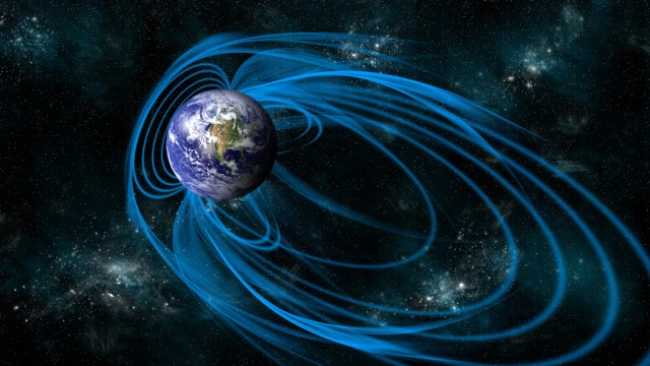
Our planet generates a massive magnetic field that pulls your compass, telling you which way is north, but it also protects us from the most damaging space radiation—especially charged particles that shoot out from the Sun every now and then, sometimes in moderate bursts, and occasionally bursts that are more massive.The magnetic field is generated by molten metals moving in Earth’s outer core. But ‘north’ and ‘south’ did not always mean what they mean today. Every 700,000 years of so, the magnetic field flips. The North Pole becomes South, the South becomes North, and we’re due for another pole reversal any time now. It could happen 10,000 years from now or tomorrow, or anytime in between, and we really have no control over it.
If the poles flip, they flip. Qué será será (whatever be will be), as the old song goes, but why should this be a problem? The reason is that for a couple of weeks or so as the dynamo in the outer core is shifting around and the poles are flipping, the field will subside and stop blocking particle radiation. That wouldn’t extinguish us as a species—unless we get really unlucky. If the Sun has a massive particle event during that flipping period when we have no protection, the radiation could fry us, and possibly even strip away the atmosphere. That would be it—mass extinction number six—at least for everyone who resides on Earth. It’s not a likely scenario, but should it occur the stakes would be high.
Asteroid or comet strike
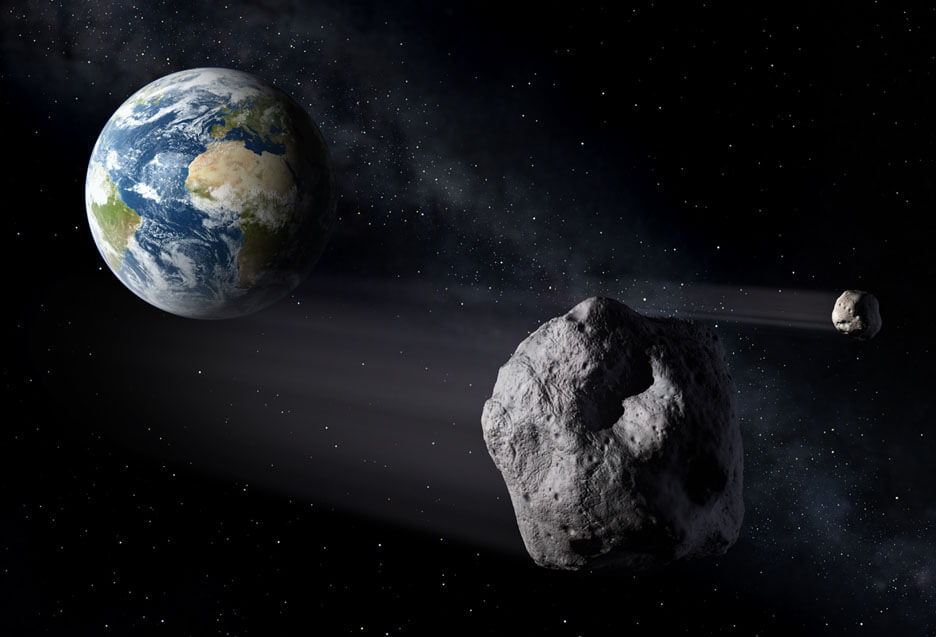
Sixty-five million years ago, a comet or asteroid struck Earth, releasing many times the energy than that of all the combined output of all nuclear arsenals that exist today were they exploded simultaneously over the same spot. This was the end of the Cretaceous period and it wiped out the dinosaurs and a lot of other life. There’s a major difference between this risk and the other potential natural disasters described above. We already have the partial capability to prevent an asteroid or comet strike. To the chagrin of fans of the movie Armageddon, most current strategies focus on deflecting one rather than destroying it before impact. One reason for this is that some estimates say that while nuking an asteroid would break the space-rock into chunks—gravity would likely pull those chunks back together and the asteroid would reform. Insuring ourselves against this danger is just a matter of getting better and detecting the medium sized objects that and developing systems to change their trajectories so that they don’t hit our planet.
Our future on earth
Libertarian presidential candidate Gary Johnson, said in a 2011 interview we shouldn’t worry about climate change because “In billions of years, the Sun is going to actually grow and encompass the Earth, right? So global warming is in our future.” Johnson wants us to play the really long game with climate change. And to a degree, he’s not wrong as nuclear weapons, mega volcanos, asteroids and a flip of our magnetic field are more imminent. But climate change will still wreck havoc on our planet too—if we let it.
David Warmflash is an astrobiologist, physician and science writer. Follow @CosmicEvolution to read what he is saying on Twitter.

